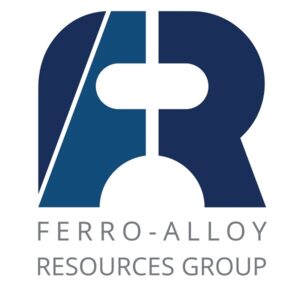Ferro-Alloy Resources plc (LON:FAR) Chief Executive Officer Nick Bridgen caught up with DirectorsTalk for an exclusive interview to discuss the recent raising of funds and what the proceeds will be used for.
Q1: It seems that you’ve raised several amounts of money over the last month, how much does it total in all?
A1: The two big ones, the two £500,000 raises, and we also issued a bond for $300,000 in Kazakhstan in association with the Kazakhstan stock exchange so altogether that adds up to about net of commissions and things, about $1.5 million.
Q2: And how will you be spending the money?
A2: Well, really, it’s the amount that we needed to pout everything into good shape to maximise the benefits of the work we’ve already done. The biggest single item is the connection to the local power line, we’re very lucky that we have a high voltage, very high quality power line almost crossing our site. We’ve been trying to connect onto it for a long time, it’s a big project even just to connect onto it, we’ve been delayed a little due to coronavirus but we’re getting there. Virtually completed, this will do everything we have to do this year and it’ll leave a little bit to be done next year which will be the final switchgear and building a local line to reticulate the power around our site.
That’s the big one and that’s very important to us, that let’s us run all of our equipment well, at the moment we have constant outages and the volt changes and it wrecks our equipment and every time there’s a shutdown, we spend a lot of time restarting. As you can imagine with a plant like ours, all the pulps settle in the tanks whenever you have an unplanned shutdown and it can be quite hard to restart. So, that biggest single item gets us running really smoothly.
We’re doing some other things to make the plant run better, we’re putting better filtration in, better washing, it’ll be quicker, faster. Very importantly, we’re going to put a convertor oven in, we’ve already got the oven but there’s quite a big department around it to convert our AMV – ammonium metavanadate – into VO25 which is the standard product.
We’ve been selling ammonium metavanadate up until now and that suffers a bit of a discount, 10-15%, from world prices for vanadium pentoxide which is the standard, we’ll be then making the standard so we’ll have a sudden increase in our revenue per tonne and a much wider market.
Apart from that, we’re doing a little bit of accommodation and so, it really puts the plant in a good place. Obviously, our main objective is to build the Balasausqandiq project but that will require the completion of the feasibility study which is ongoing but what this does is it means this plant will be working fine. Timing is on our side, we’re not facing any blackhole, we can pay for what we need to do as we go along and so, we’re in a much better than junior mining companies generally that are facing Armageddon if they don’t raise money tomorrow. We have our existing operation which will make money so that will be fine.


